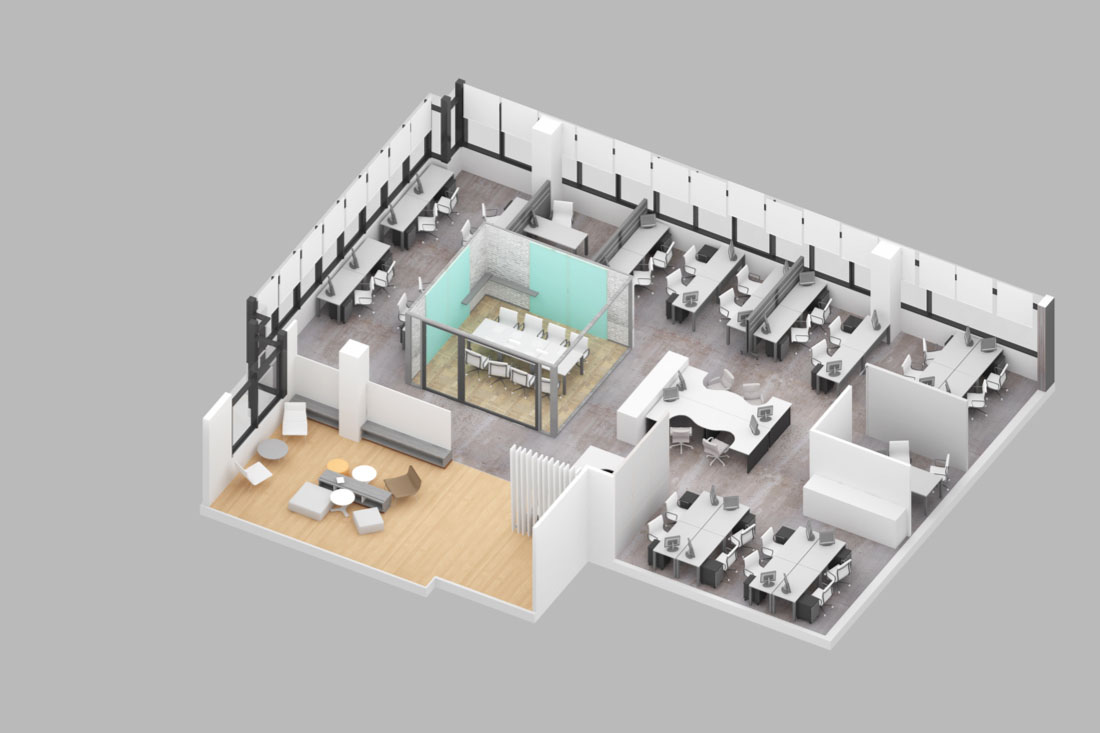BuildingMinds
Redesign of the space utilization dashboard to help decarbonize real estate
2022

Problem
BuildingMinds' previous Space Utilization dashboard lacked meaningful insights, making it difficult for organizations to effectively manage their spaces. Without accurate data, optimizing space usage, planning for future needs, and reducing operational costs proved challenging. This inefficiency led to wasted resources, higher expenses, and increased energy consumption, impacting both budgets and the environment.
Solution
We designed the new dashboard to provide real-time insights into space usage, helping managers optimize layouts and allocate resources efficiently. It enables quick decision-making, supports long-term planning, and uncovers cost-saving opportunities by highlighting inefficiencies. By improving space utilization, the dashboard also supports sustainability goals, reducing energy consumption and enhancing the building's environmental impact.
Research and analysis
In a series of user interviews, I gathered valuable insights from facility managers, property managers, space planners, and financial managers. The goal was to understand the current challenges and needs related to space utilization to inform the design of the Space Utilization Dashboard. After conducting interviews, I organized my notes and synthesized the qualitative data into 8 themes. Based on the interviews and affinity map groupings, I created empathy maps and identified two distinct user patterns: those who manage real estate portfolios and those who manage buildings and address space utilization issues in individual areas. I created two personas based on patterns from my interviews. Understanding both personas is crucial to designing an application that helps both groups.
Ideation and design
I created user stories to ensure the Space Utilization Dashboard meets the specific needs of each persona. The dashboard was structured across three levels—portfolio, building, and floor—with different degrees of granularity. Based on research findings and key user stories, I mapped out each step of the user's journey and used Figma to create low-fidelity wireframes. For the high-fidelity design, I relied on our existing design system to ensure consistency across the product.
Reflection
Reflecting on the Space Utilization Dashboard project, user interviews and research guided the design process. Understanding user needs helped shape a dashboard that truly works for them. The iterative design process was crucial for refining the dashboard, and working with complex data made the project exciting as it allowed us to turn it into something actionable for users.